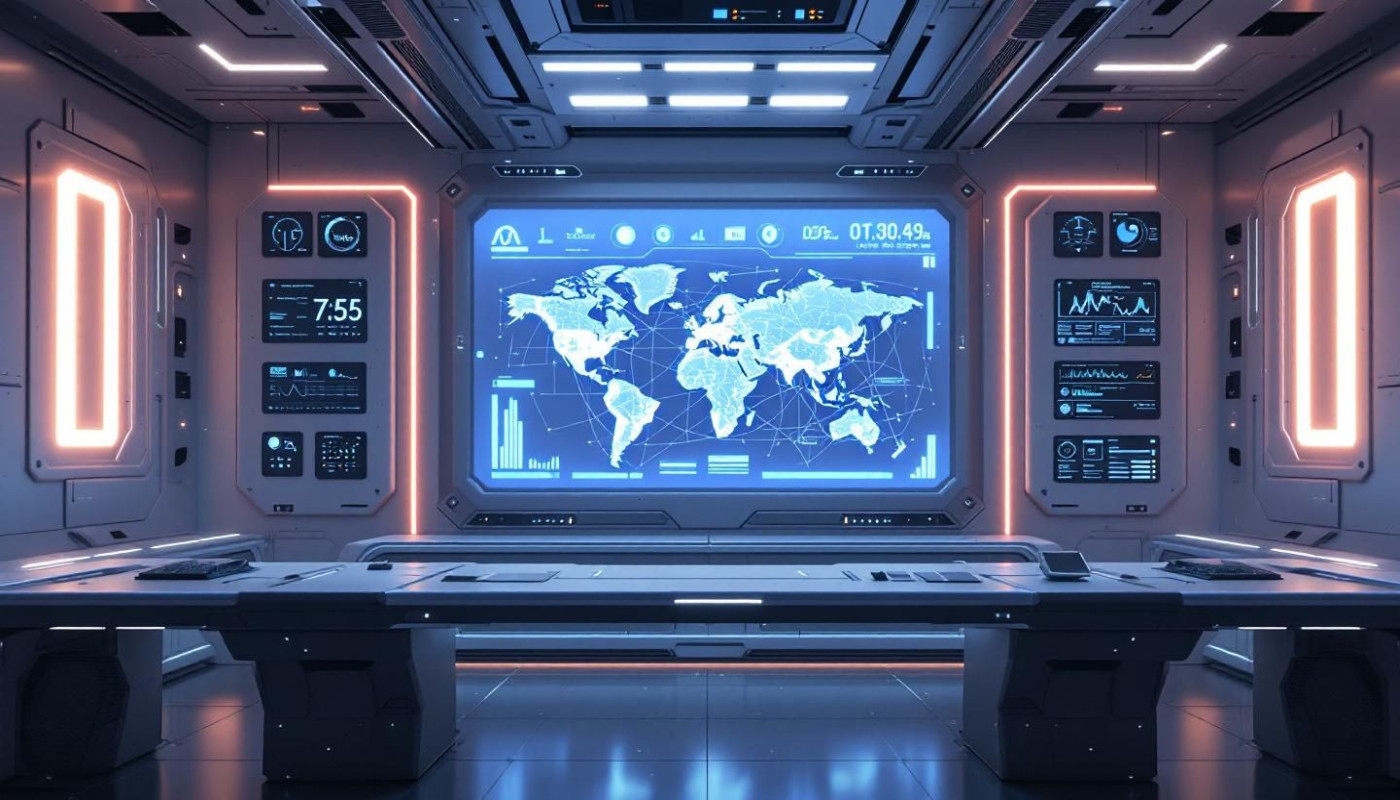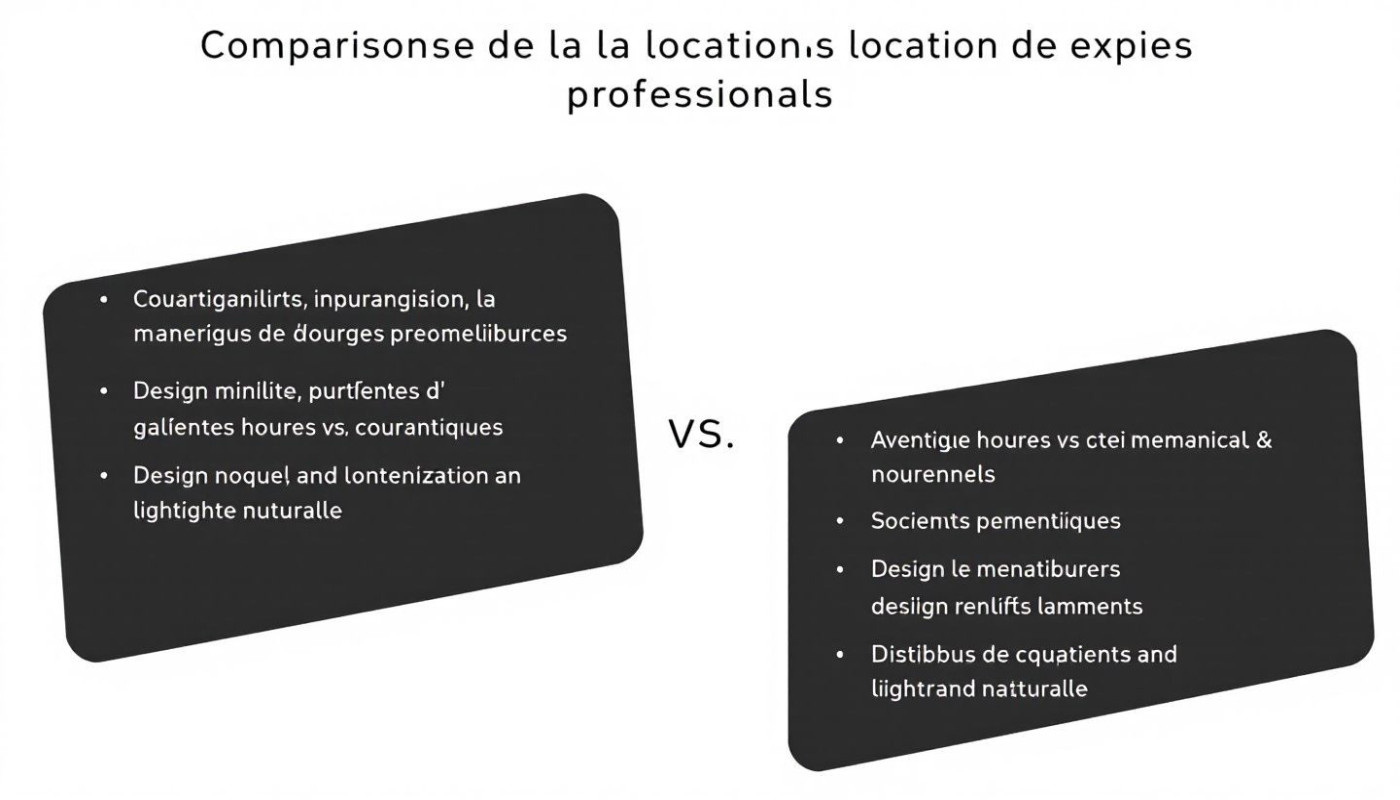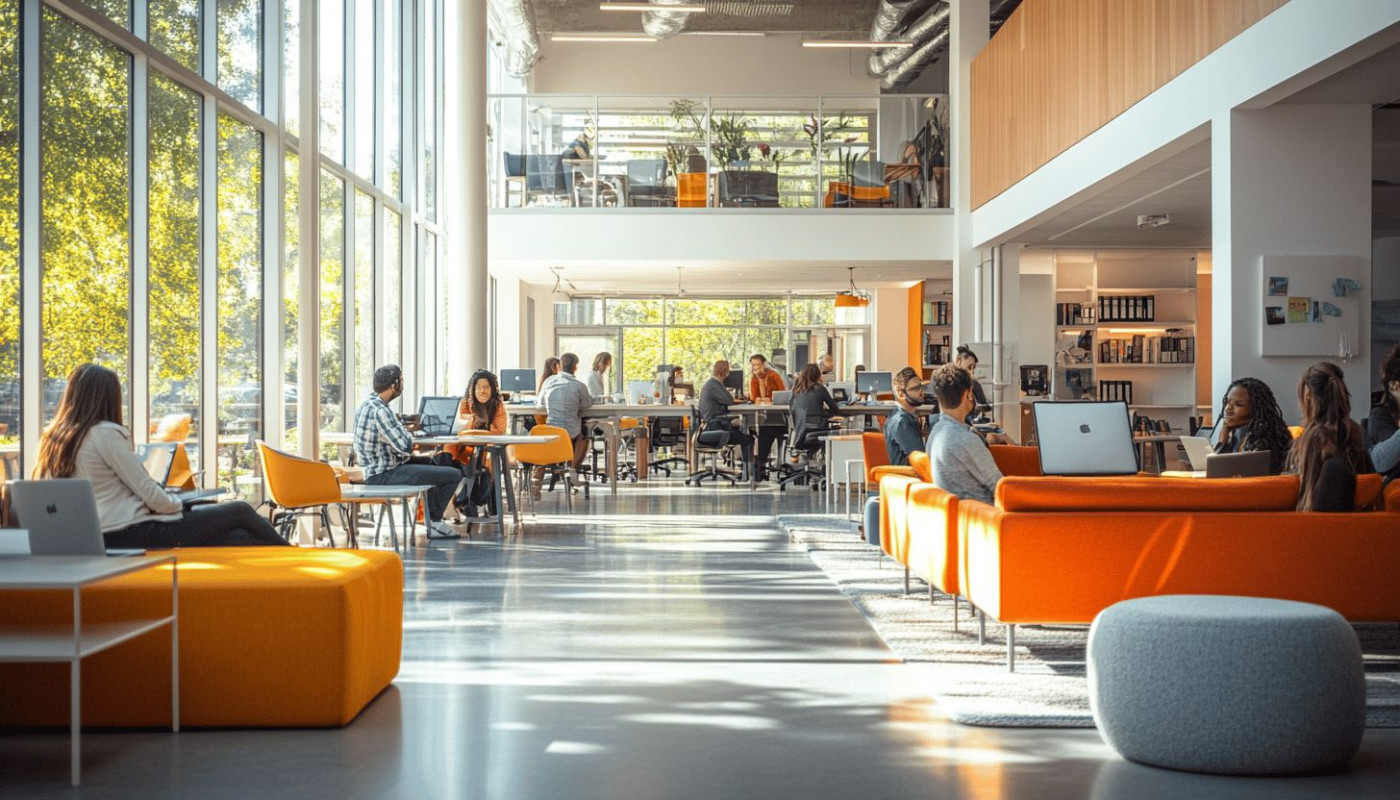Table of contents
The advent of artificial intelligence (AI) has brought about a paradigm shift in the realm of visual design, challenging traditional methodologies and introducing unprecedented capabilities. AI's foray into this creative domain holds the promise of transforming the way visual content is conceived, developed, and consumed. Grappling with the implications of this technological evolution stirs both excitement and skepticism, urging us to delve deeper into its impact. This exploration seeks to uncover the nuances of AI-driven design and its implications for the future of visual aesthetics, inviting readers to envisage the transformative potential of AI in the art of visual storytelling.
The Role of AI in Streamlining Design Processes
The advent of AI in the realm of visual design has been transformative, particularly in how it aids designers by taking over tasks that are repetitive and time-consuming. With AI automation, these professionals can now delegate the more technical aspects of design to intelligent algorithms, resulting in a significant boost in design efficiency. This delegation of duties allows designers to invest their time and energy into creative exploration, pushing the boundaries of innovation and originality. The concept of visual storytelling, an integral part of engaging design, also benefits from AI's capabilities. Streamlined workflows are yet another advantage as AI tools organize and manage tasks with algorithmic precision, drastically reducing the margin for error and ensuring that the final output adheres to the highest standards of accuracy. The precise nature of AI interventions not only speeds up the production process but also enhances the quality and consistency of design outputs.
AI’s Contribution to Personalized Visual Experiences
In the landscape of visual design, the advent of AI has marked a transformative era where user-centric design has been redefined. By harnessing the capabilities of AI, specifically deep learning, designers are now able to cultivate visual content that is not just aesthetically pleasing but also incredibly tailored to individual user preferences and behaviors. This personalization is achieved through the meticulous analysis of behavioral data, which AI algorithms scrutinize to understand the nuances of user engagement. The result is visual content personalization that resonates on a deeper level with the audience, as designs are fine-tuned to align with specific tastes and inclinations. Engagement metrics, a key component in evaluating the success of visual content, have shown significant improvement when AI-driven customization is applied, proving that AI’s role in crafting personalized design experiences is not merely additive but truly transformative for both creators and consumers alike.
The Impact of AI on Visual Design Accessibility
The advent of AI design tools has been a game-changer in the field of visual design, leading to what can be termed design democratization. By leveraging sophisticated algorithms and cognitive computing, these tools empower those without formal design training—essentially unlocking non-designer creativity. The implications of this shift are profound, as it levels the playing field, allowing a wider range of individuals and businesses to produce quality visuals that were once the exclusive domain of professional designers. This increase in visual accessibility means that effective communication through design is now within reach for many more, fostering innovation and diversity in visual expression across various industries.
Futuristic Trends: AI and the Evolution of Design Aesthetics
The landscape of design aesthetics is witnessing a transformative era, with AI influence playing a pivotal role in shaping contemporary visual trends. As artificial intelligence becomes increasingly sophisticated, it has the potential to overhaul traditional approaches, paving the way for the emergence of new design languages that captivate both creators and audiences. The integration of AI into the creative process is not just altering existing paradigms; it is fostering stylistic innovation at an unprecedented pace. One of the most striking developments is the concept of generative design, where AI algorithms are programmed to autonomously create unique visual elements, textures, and patterns. This technology allows for the exploration of vast design spaces, giving rise to aesthetics that might have been inconceivable through conventional human endeavors alone. As we venture further into this brave new world, one can anticipate a continued evolution of design aesthetics, intricately intertwined with the ceaseless advancement of artificial intelligence.
Enhancing Creativity Through Machine Learning Models
The advent of machine learning models in the realm of design has heralded a new era of creative AI, where algorithms are not just tools but collaborators in the creative process. These advanced systems, often powered by complex neural networks, have the unique ability to suggest novel design elements and compositions, which can inspire designers to venture beyond conventional imaginative boundaries. This synergy between human cognition and AI-driven design innovation is transforming the traditional landscape of visual creation, making it more dynamic and nuanced.
In this context, machine learning models act as a crucible for unprecedented artistic collaboration, where the speed and efficiency of AI are coupled with the nuanced understanding and aesthetics of human designers. By analyzing vast datasets, these models can generate suggestions that might not occur to a human designer, thereby catalyzing design innovation and pushing the envelope of what is visually and conceptually possible. For those curious about how these technological advancements are influencing the field of visual design, a simple click for info can lead to a treasure trove of examples and case studies.
Similar articles

How Does An EMBA Enhance Leadership Skills Differently Than An MBA?

Exploring The Impact Of Advanced Cluster Management Tools On IT Efficiency

Benefits Of Hourly Versus Daily Workspace Rentals Explained

Benefits And Challenges Of 24/7 Coworking Spaces

Exploring the rise of freelance economy how businesses can adapt

Adopting blockchain for business transparency and trust in supply chain management

